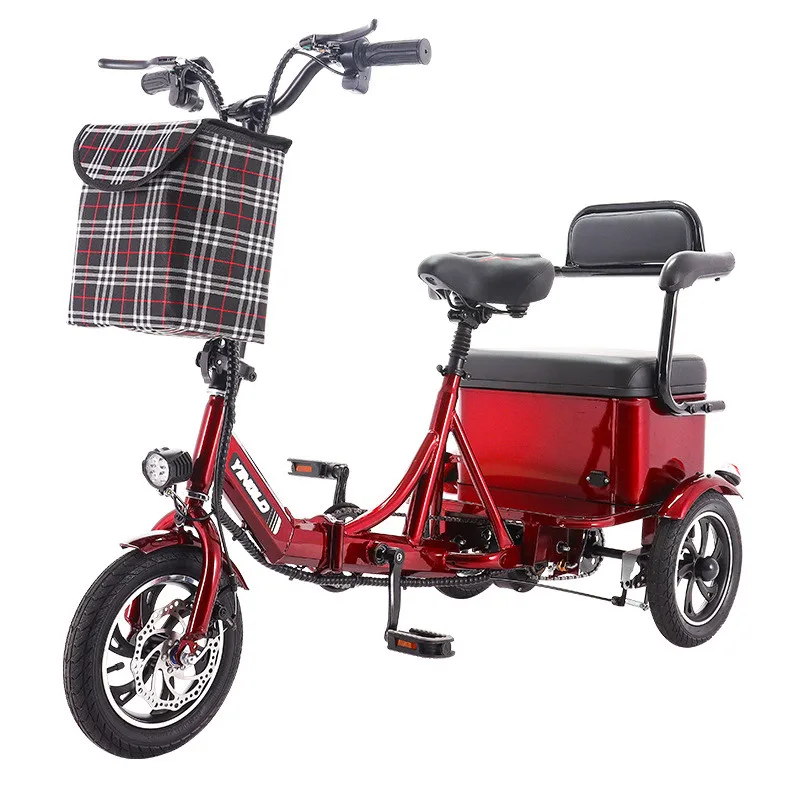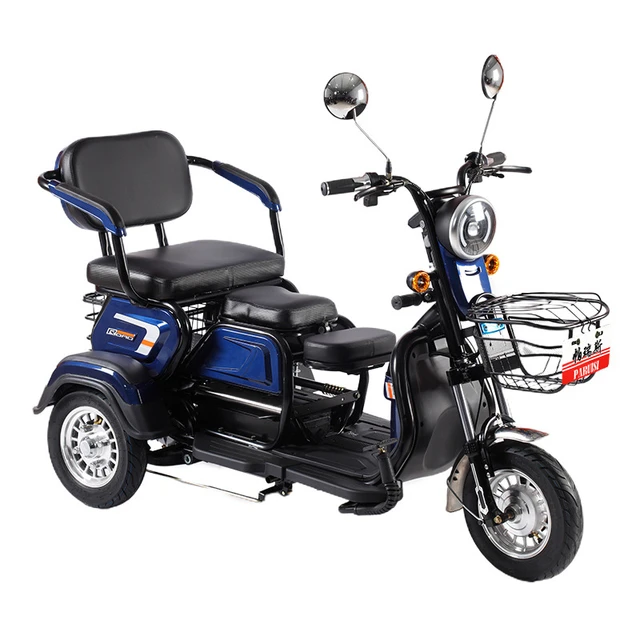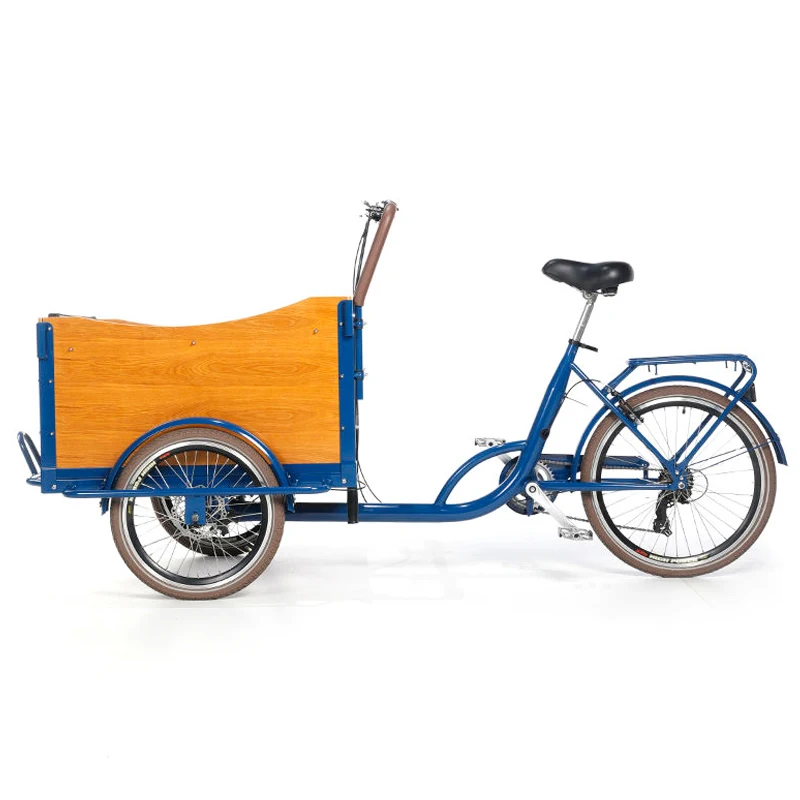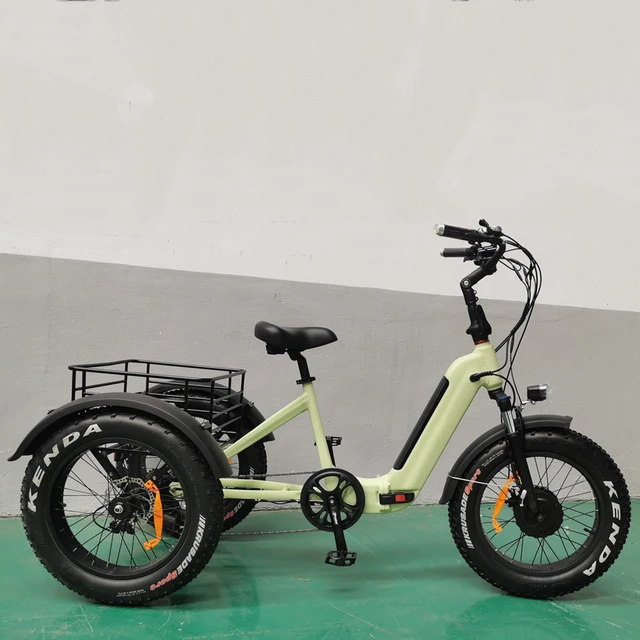As urban cities continue to evolve, the search for efficient, environmentally friendly modes of transportation has led to the rise in popularity of electric vehicles. Among these innovations, the electric trike stands out due to its unique design, versatility, and eco-friendliness. In this article, we’ll delve deep into what makes electric trikes a compelling choice for commuters and leisure riders alike, covering everything from their benefits and features to their environmental impact and future potential.
What is an Electric Trike?
An electric trike, or electric tricycle, is a three-wheeled bicycle powered by an electric motor. This vehicle combines the benefits of traditional cycling with motor assistance, making it a versatile choice for various riders. Electric trikes are designed for stability and ease of use, making them suitable for people of all ages and fitness levels.
Components of an Electric Trike
An electric trike typically includes several key components:
- Electric Motor: The heart of the electric trike, this motor provides the additional power needed to assist riding, particularly uphill or over longer distances.
- Battery: This rechargeable unit stores energy and powers the electric motor. Battery capacity can vary significantly, influencing the range of the trike.
- Controller: This component manages the electric motor’s power output based on the rider’s pedal input.
- Frame and Wheels: The design of the frame and wheels affects handling, comfort, and overall ride quality.
- Braking System: Most electric trikes utilize either hydraulic or mechanical brakes to ensure safe stopping capabilities.
The combination of these components allows riders to enjoy a smooth and efficient ride, distinguishing electric trikes from traditional bicycles.
The Benefits of Riding an Electric Trike
1. Enhanced Stability and Safety
Electric trikes offer increased stability compared to two-wheeled bikes. The three-wheel design provides a broader base, which is especially beneficial in preventing tipping during sudden stops or tight turns. This makes electric trikes an excellent option for individuals who may have balance concerns, such as seniors or those recovering from injuries.
2. Eco-Friendly Transportation
As the world focuses more on reducing carbon footprints, electric trikes present a greener alternative to traditional vehicles. They produce zero emissions during operation, significantly reducing air pollution. Additionally, electric trikes can also help alleviate traffic congestion in urban areas, promoting a healthier lifestyle by encouraging cycling as a viable transport mode.
3. Cost-Effectiveness
The initial cost of purchasing an electric trike may be higher than other types of bicycles, but the savings over time make them financially appealing. With minimal maintenance requirements and low operating costs, electric trikes can significantly reduce expenses associated with fuel, parking, and public transportation.
4. Variety of Uses
Electric trikes are particularly versatile. They are not just suitable for commuting but also for recreational biking, grocery shopping, delivering goods, and even providing assisted rides for children. Their spacious rear cargo options allow users to carry larger loads than traditional cycles, offering unparalleled convenience for various tasks.
5. Health Benefits
Riding an electric trike still encourages physical activity, helping riders maintain their fitness levels while also enabling those who may not be physically able to ride a traditional bike to stay active. The electric motor support allows users to engage in longer rides without the same level of exertion, offering an excellent introduction to exercise for those interested in improving their health.
6. Accessibility
Electric trikes are designed for a wide range of riders, including those with mobility issues. The ease of mounting and dismounting, along with the ability to ride at a comfortable pace, makes electric trikes an accessible option for various populations, including the elderly and those with disabilities.
Types of Electric Trikes Available
Electric trikes come in various styles to cater to different needs and preferences. Understanding the types can help enhance your riding experience.
1. Utility Electric Trikes
Utility electric trikes are built for functionality and practicality. They often come equipped with spacious cargo areas or flatbeds, making them ideal for transporting goods or groceries. Many utility electric trikes also feature robust frames and reliable braking systems, designed to handle heavy loads with ease.
2. Recreational Electric Trikes
These trikes are generally designed for leisure and comfort. With an emphasis on style and ease of use, recreational electric trikes provide an enjoyable riding experience and often come with comfortable seating, step-through frames, and lightweight designs. They are perfect for weekend rides or leisurely jaunts in the park.
3. Folding Electric Trikes
For those with limited storage space, folding electric trikes are an excellent option. These compact vehicles can easily fold down for transport in a car trunk or storage in tight spaces. Despite their smaller size, folding electric trikes can offer ample features and capabilities, making them a practical choice for urban dwellers.
4. Performance Electric Trikes
Performance models cater to those seeking a more exhilarating ride. With powerful motors, lightweight materials, and advanced technologies, performance electric trikes are built for speed and agility. These trikes are perfect for energetic riders looking to enjoy competitive racing or faster cycling experiences.
How to Choose the Right Electric Trike
Choosing the right electric trike can be an overwhelming task, considering the variety of options available. Here are some factors to consider:
1. Intended Use
Assess how you plan to use your electric trike. Will it be for commuting, recreational rides, or utility purposes? Depending on your needs, you might opt for a folding trike for convenience or a utility trike for carrying loads.
2. Motor Power and Battery Capacity
Evaluate the electric motor’s power (measured in Watts) and the battery’s capacity (measured in Amp-hours or Ah). A higher wattage generally means better performance, particularly on inclines, while a battery with higher amp hours will allow for longer rides.
3. Comfort Features
Riding comfort is essential during longer journeys. Look for trikes with ergonomic designs, adjustable seating, and features that enhance ride quality, such as shock absorbers or wider tires.
4. Price and Warranty
While electric trikes can be a significant investment, prices vary widely. Ensure you choose a trike within your budget but check for quality. Look for comprehensive warranties to ensure that your investment is protected.
Maintenance Tips for Electric Trikes
Proper maintenance is essential for the longevity and performance of an electric trike. Here are some tips:
1. Regular Battery Checks
Monitor battery health regularly. Check for signs of wear and tear, and ensure connections are safe and clean. Following the manufacturer’s guidelines for charging can also extend battery life.
2. Tire Maintenance
Check the tire pressure frequently, ensuring they are inflated to the proper levels for optimal performance. Regularly inspect the tires for any signs of damage or wear.
3. Brake Inspection
Frequent inspection of the brake system is crucial for safety. Ensure the brakes are responsive and check for any signs of wear, replacing parts as necessary.
4. Cleaning
Regularly clean the frame, wheels, and electrical components to prevent dirt or grime buildup, which can hinder performance. Use a damp cloth for the frame and standard bike cleaning products for wheels and gears.
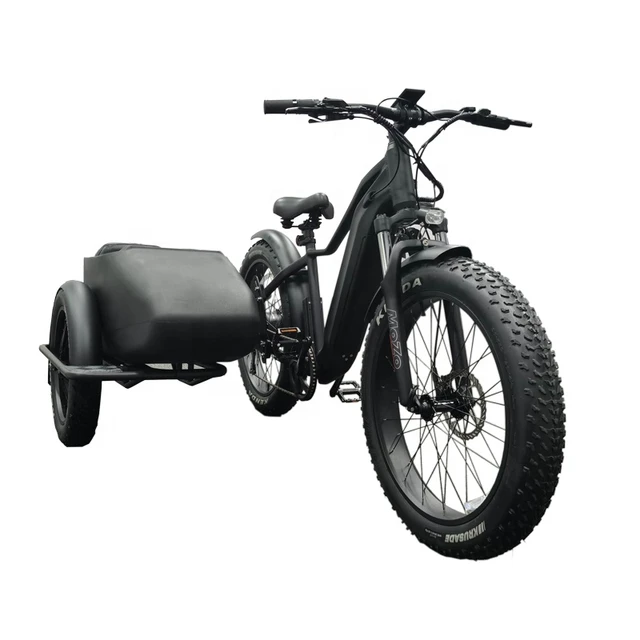 The Future of Electric Trikes
The Future of Electric Trikes
As technology continues to advance, the future of electric trikes looks promising. Innovations in battery technology may lead to lighter, longer-lasting batteries with faster charging times. Improved motor efficiencies will likely enhance performance and longevity, making electric trikes even more appealing to commuters and recreational cyclists.
The Role of Smart Features
The integration of smart features, such as GPS navigation, fitness tracking, and theft protection, is on the rise. Riders can look forward to more connected experiences with their electric trikes, making journeys safer and more enjoyable.
Expanding Market Access
With the increasing urgency of climate change and the move toward sustainable urban transport solutions, local governments may offer incentives and subsidies for electric trike adoption. Wider acceptance could lead to further developments in infrastructure, such as dedicated lanes and charging stations.
Community and Social Impact
As electric trikes become more ubiquitous, there will likely be a marked increase in community-oriented activities. From organized rides to cargo-sharing programs, these vehicles can foster social connectivity while promoting healthier lifestyles.
Conclusion
Electric trikes represent a significant innovation in urban mobility, offering numerous benefits ranging from environmental friendliness to enhanced accessibility. They are not only a practical solution for commuters but also a fun and engaging way to enjoy leisurely rides. As technology progresses and urban environments evolve, the electric trike will undoubtedly play an essential role in shaping the future of transportation. Whether for commuting, leisure, or utility, the electric trike is more than just a mode of transport; it’s a gateway to a sustainable and connected lifestyle.

